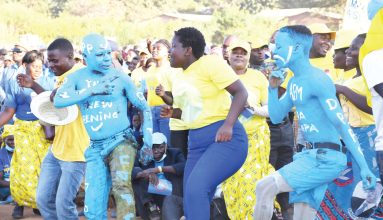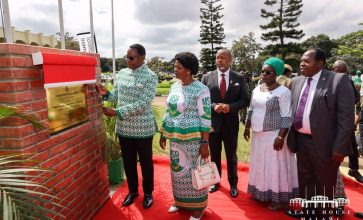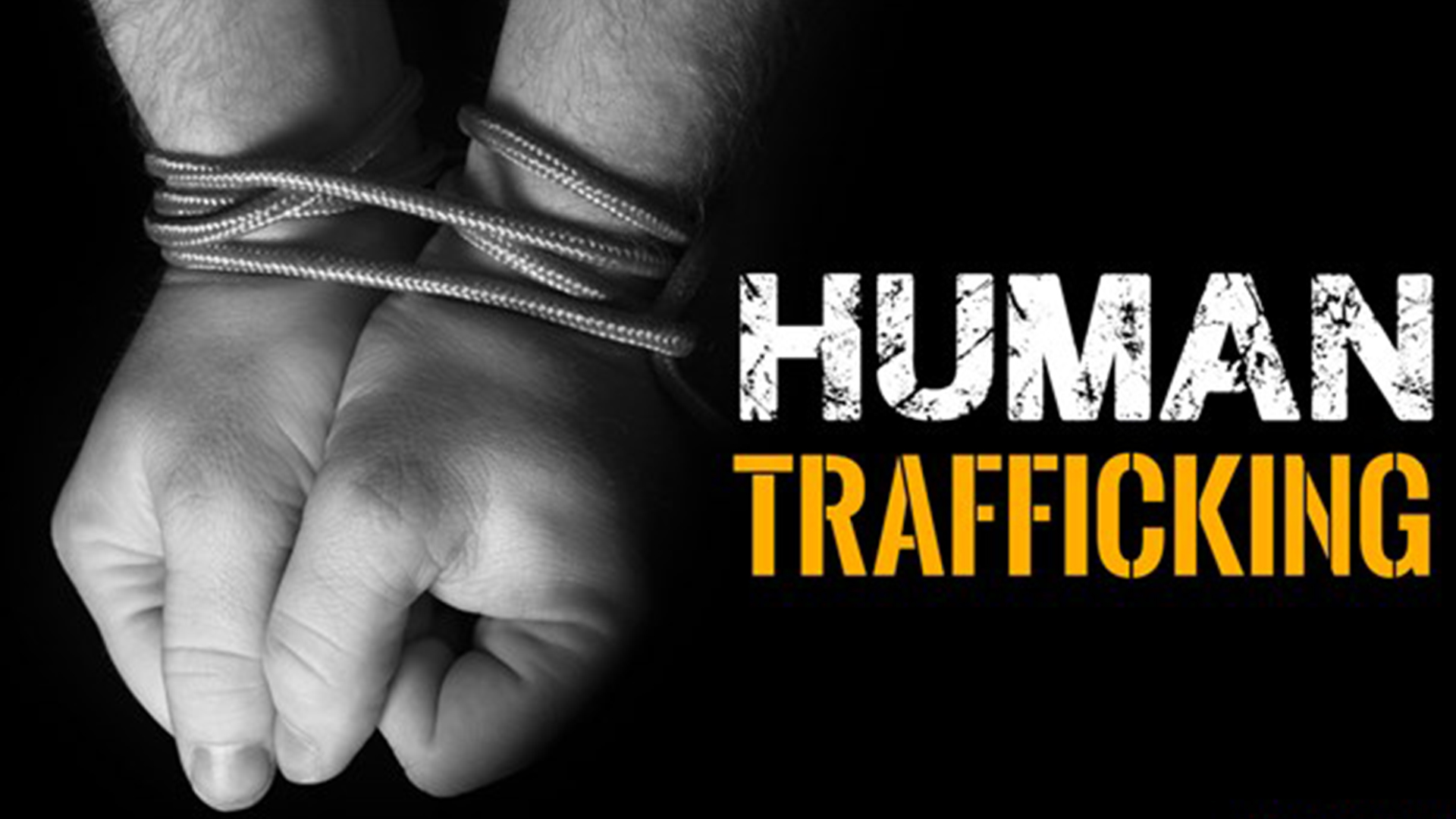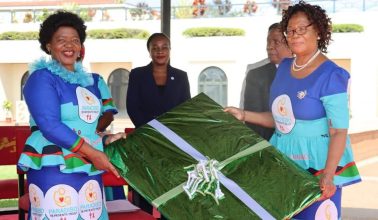The year water crisis made Blantyre stupid
Residents of Blantyre city and the surrounding areas started 2015 with dry taps as constant power failures and the flooding that occurred in some of the 15 districts of the country in January affected operations of Blantyre Water Board (BWB).
According to BWB management, the flooding caused accumulation of debris and mud at the board’s intake point along the Shire River at Walkers Ferry.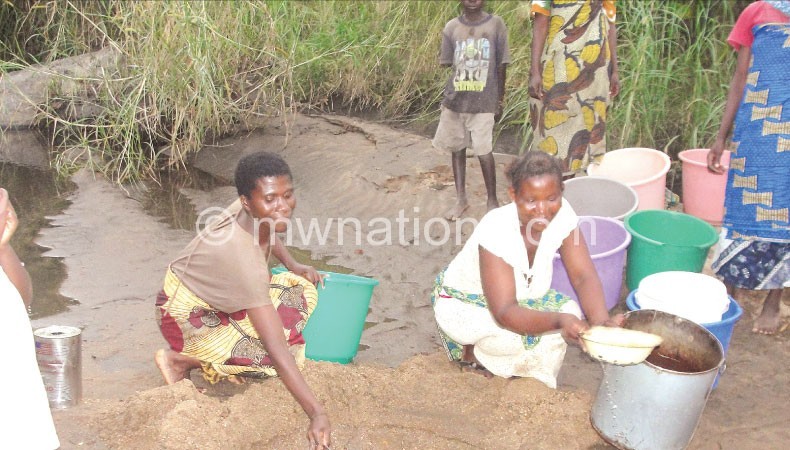
The constant power failures on the other hand were also caused by the same flooding as the Electricity Supply Corporation of Malawi (Escom) was forced to shut down its machines, thereby causing power shortage and necessitating power rationing in the name of load-shedding.
The two issues—debris and the power outage—caused Blantyre city and the surrounding areas to experience low pressure or having no water at all. Instead, the board resorted to supplying water to some residents through bowsers.
After days of dry taps, on January 21 2015 BWB announced in a press statement that it had restored supply to Blantyre city and its surrounding areas as Escom had restored power.
BWB raises Cama’s fury
But the announcement raised the Consumers Association of Malawi’s (Cama) fury. Cama wrote the board demanding an apology within what was said to be 24 hours for deceiving customers that it had resumed normal supply on January 21 when on the said date most taps were still dry and people continued to hunt for water.
Cama executive director John Kapito warned that the consumer rights body would take legal action against the board on behalf of all residents of Blantyre because of the “untruthfulness and misleading contents of the press release, and continuous disruption of water supply”.
In an attempt to improve the situation, BWB embarked on several projects aimed at increasing production at Walker’s Ferry as well as improving water conveyance to its clients.
To increase water production from 78 million litres to 96 litres per day, two projects were executed and completed at Walker’s Ferry during the year.
The first project was the upgrading and complete renewal of the Walker’s Ferry water intake and pumping stations whereas the second one was to increase capacity of the water treatment plant.
To complement the efforts at Walker’s Ferry, the board carried out other projects within Blantyre City to ensure that water produced should reach clients in an efficient and effective manner.
Such projects, which were completed during the year, included rehabilitating Chileka pumping station, installing new pumping equipment at Mudi and Chichiri pumping stations as well as constructing new tanks at Kameza, Chimwankhunda and Chigumula.
The three new tanks increased the board’s water storage to 90 million litres per day against a demand of 96 million litres per day. They also improved supply for hard-hit areas such as Chilobwe, Naotcha, Chimwankhunda, Chigumula and Bvumbwe.
The completion of the projects brought joy to government as Minister of Agriculture, Water Development and Irrigation Allan Chiyembekeza, applauded BWB at the commissioning of the Chileka pumping station on August 17. He said the completion of the projects gave hope and brought sanity to the supply of water to the people of Blantyre city and the surrounding areas.
APM commends consumers’ patience
After months of BWB making headlines in the media, President Peter Mutharika, in October, visited BWB to appreciate progress it was making to ensure that Blantyre residents and industries have potable water against a background of supply challenges.
Mutharika told the media, after his tour, that he was impressed with what he had seen and efforts the board was undertaking to provide water “under very difficult and challenging circumstances”.
He commended Blantyre residents and businesses for their patience during times of intermittent water supply.
BWB improves problematic areas
The board’s customers residing in areas such as Chatha in Chilobwe, Chimwankhunda, Chigumula, Bangwe and BCA Hill were usually the most hit, but today the story is different.
A visit by Chiyembekeza to areas such as Nancholi, Bangwe, Bvumbwe and BCA Hill on November 23 found that the water situation had improved in the last two months.
Women that spoke to the media on the sidelines of the minister’s visit said water used to be a big problem and they had been pestering BWB to do something about it and it seemed the board heard their cries and water ceased to be a scarce commodity.
Flora Witinesi of Nancholi Township said the problem of erratic water supply, which haunted her and fellow women in the area was history and the story is the same in all other areas that had dry taps for a bigger part of the year.
And they all look forward to a water problem-free 2016. n


